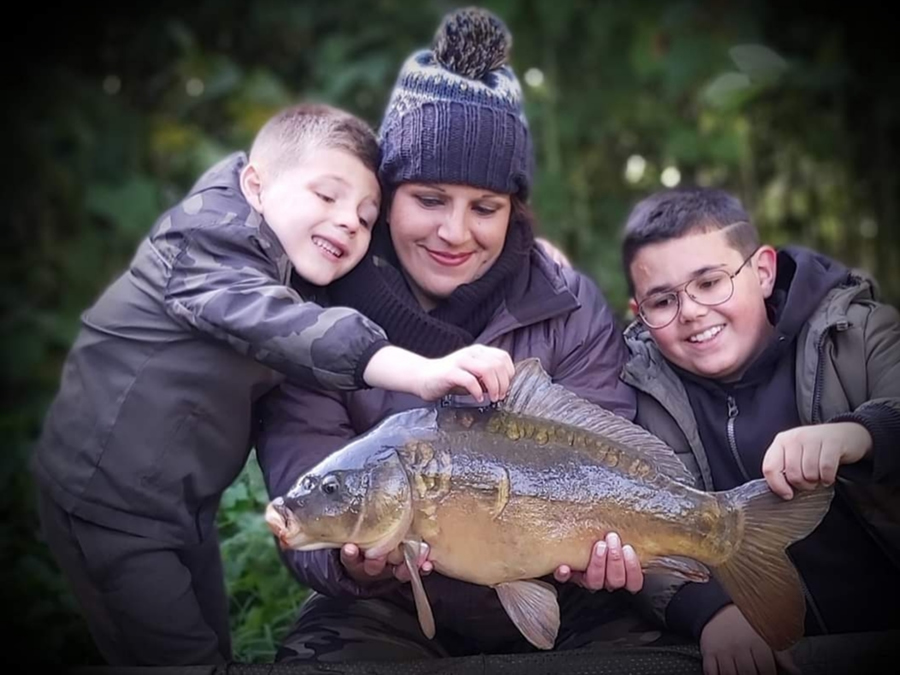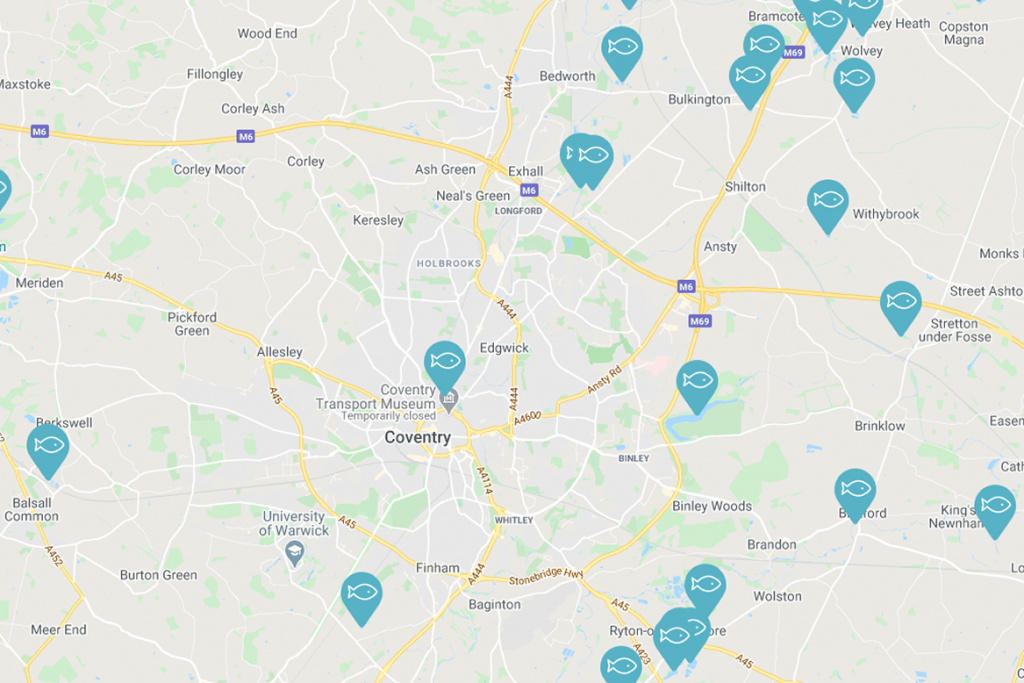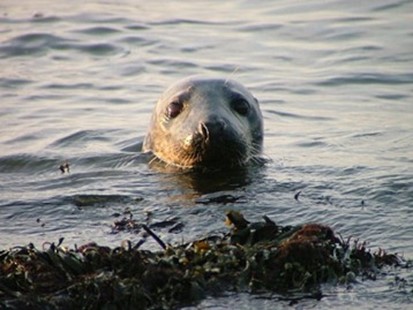Grey Seal
- Scientific name: Halichoerus grypus
- Also known as: Horsehead Seal and Atlantic Grey Seal
- Size: There are significant size differences between adult males and females. Generally adult males weigh up to 300kg and c.250cm long (but have been known to reach 360kg and 300cm), while adult females weigh up to 180kg and are about 180cm long.
- International Union for Conservation of Nature status:
– Global: LC (Least Concern)
– Europe: LC (Least Concern) - Distribution: Found mostly around the north of the British Isles with the UK population representing about 40% of the world population and 95% of the EU population. Also distributed throughout Scandinavian and northern European waters with other populations in North America and an isolated population present in the Baltic Sea.
- Feeds on: Fish and squid along with crustaceans and pretty much any other sources of food which are present.
- Colouration: differs between the sexes: males are dark grey, brown and black with some lighter blotches over the fur, whilst females are generally light grey with darker blotches. Grey seals have a blubbery but powerful body, a longish snout with large eyes and nostrils which are spaced apart. Fully grown males also have thick rolls of flesh around the neck and chest areas and a concave ‘Roman’ nose.
The grey seal is a species which is found around the colder northern regions of the British Isles. There are notable breeding colonies in a number of places around the UK such as off the coast of Northumberland, Lincolnshire and the Orkney Islands. The grey seal is a species which grows to a much larger size than the common seal, with males being substantially larger than females. The main difference between the two species of seal is that the grey seal has a much longer snout than the common seal, and the nostrils of the grey seal are spaced far apart, while they are close together in the common seal.
Like the common seal, the grey seal spends a lot of time in the water where they hunt for all manner of fish species but will also take squid, crustaceans and other sources of food which present themselves. They live in large colonies which can consist of thousands of individual seals, with seals hauling out (leaving the water) to rest and bask after they have been hunting. Females give birth in late summer/early autumn and care for their offspring for a number of weeks until the soft white fur of the young has been replaced by the adult’s waterproof fur. Numbers of grey seals are on the rise across the world, leading to concern in some quarters over the impact this will have on fish stocks.









